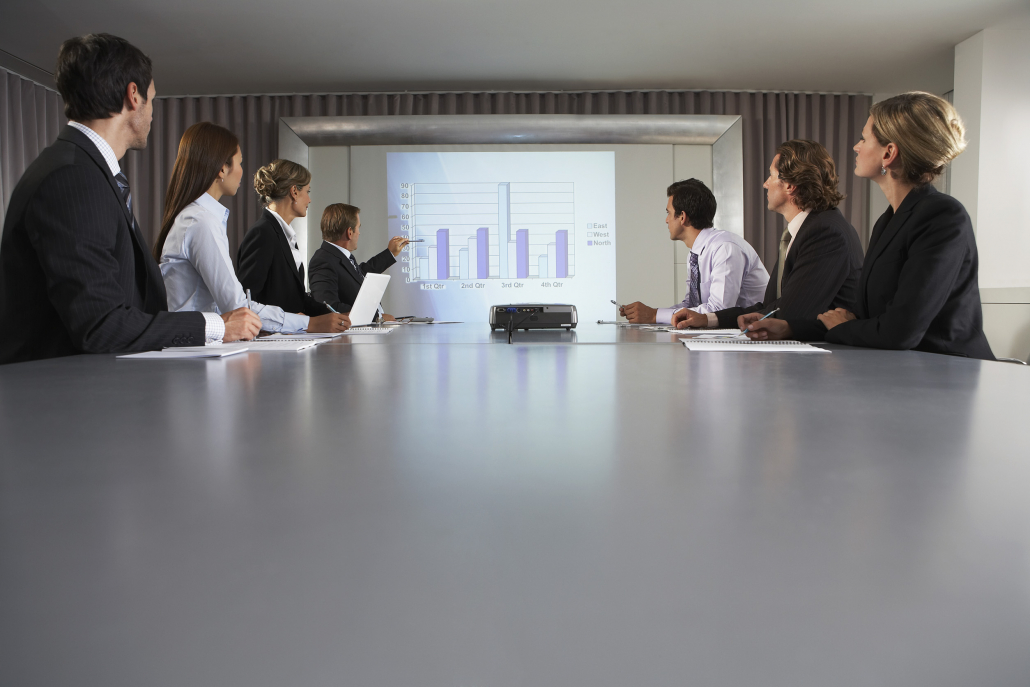September 4, 2018 -- Research conferences are an important opportunity for scientists to network and build their careers. For vendors, these events are a chance to learn about competitors and establish connections with potential customers. However, the major organizers of annual events and conferences are often professional societies, hoping to provide their members with cutting-edge information, opportunities for professional advancement, and the ability to connect with others in the same area of science.

According to our research, the quality of an organization’s annual conference is critical to maximizing membership approval. The success of professional societies such as the American Association for the Advancement of Science is dependent on strong membership loyalty from scientists and event sponsorships from vendors. Through a detailed exploration of various factors, such as event size, length, ticket pricing, location, and more, we identified the factors that make events highly desired and highly attended. For example, half of the 600+ scientists we surveyed said they prefer a conference that lasts 2-3 days, as longer events can eat into time that could have been used for lab responsibilities.

Location and timing are important details, but in order to keep attendees engaged for the full event, organizers must carefully choose activities and presentations. A good conference provides activities attendees prefer and constructs an itinerary that matches those preferences. Various biases often result from generational differences, as we found that Millennial attendees spend more time participating in social activities compared to older event-goers. These generational differences also manifest themselves through their comfort with technology. Although most Millennials may have adapted to digital technology throughout their childhood and are happy to download a digital schedule, Gen X-ers or Baby Boomers often prefer printed media. It would be wise to include both types of materials if you expect an age-diverse audience.

Our research found that it may be just as important to leave a lasting impression on attendees after a conference has concluded. Post-conference materials are often worth the extra investment since these resources provide additional value for attendees’ time and money. It also serves as a reminder of their positive experience. Last impressions can often be the most lasting impressions!
What do you look to get out of a conference? What kind of activities and itineraries best fit your interests? Let us know in our Forums!
Copyright © 2018 scienceboard.net


